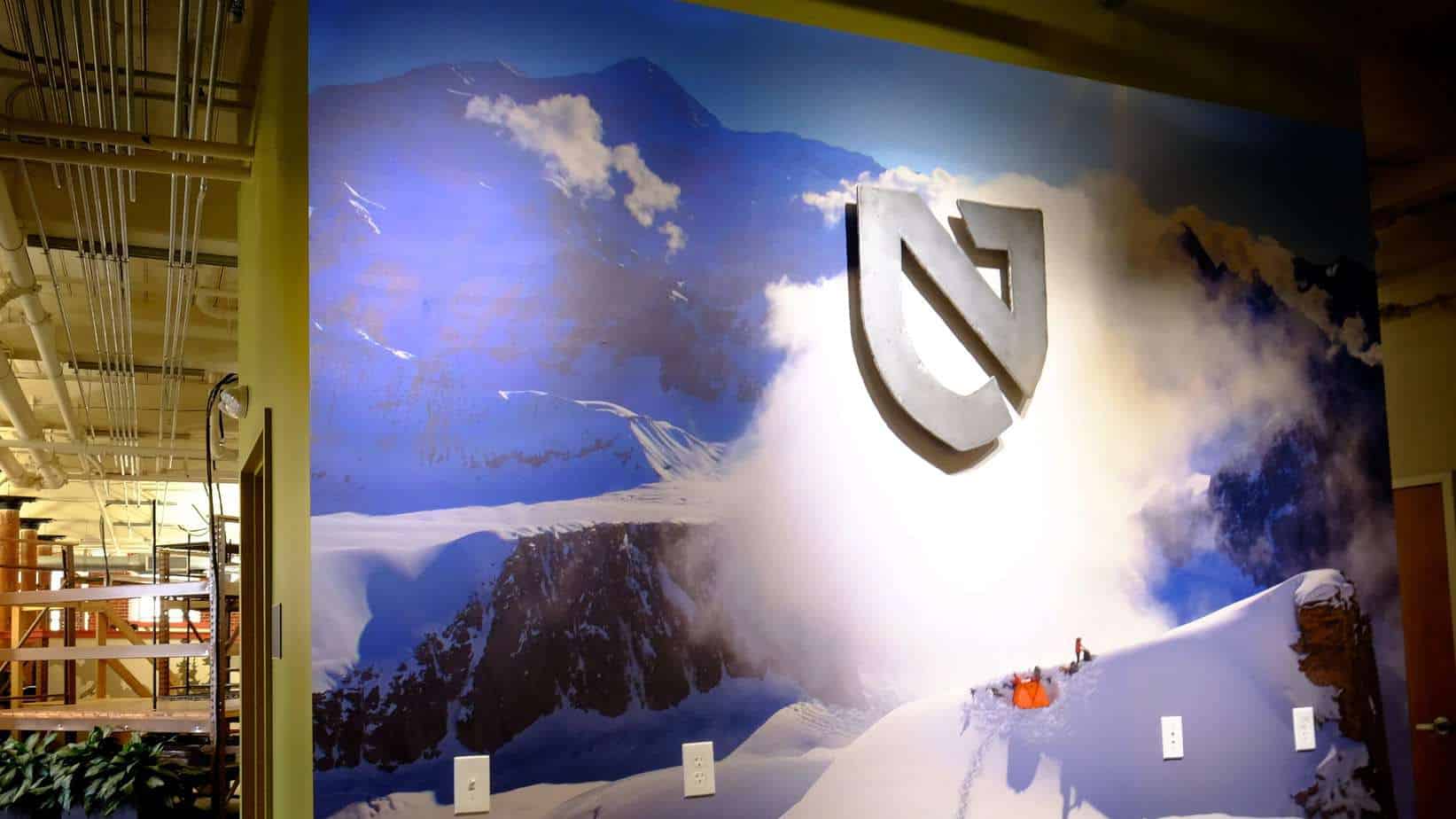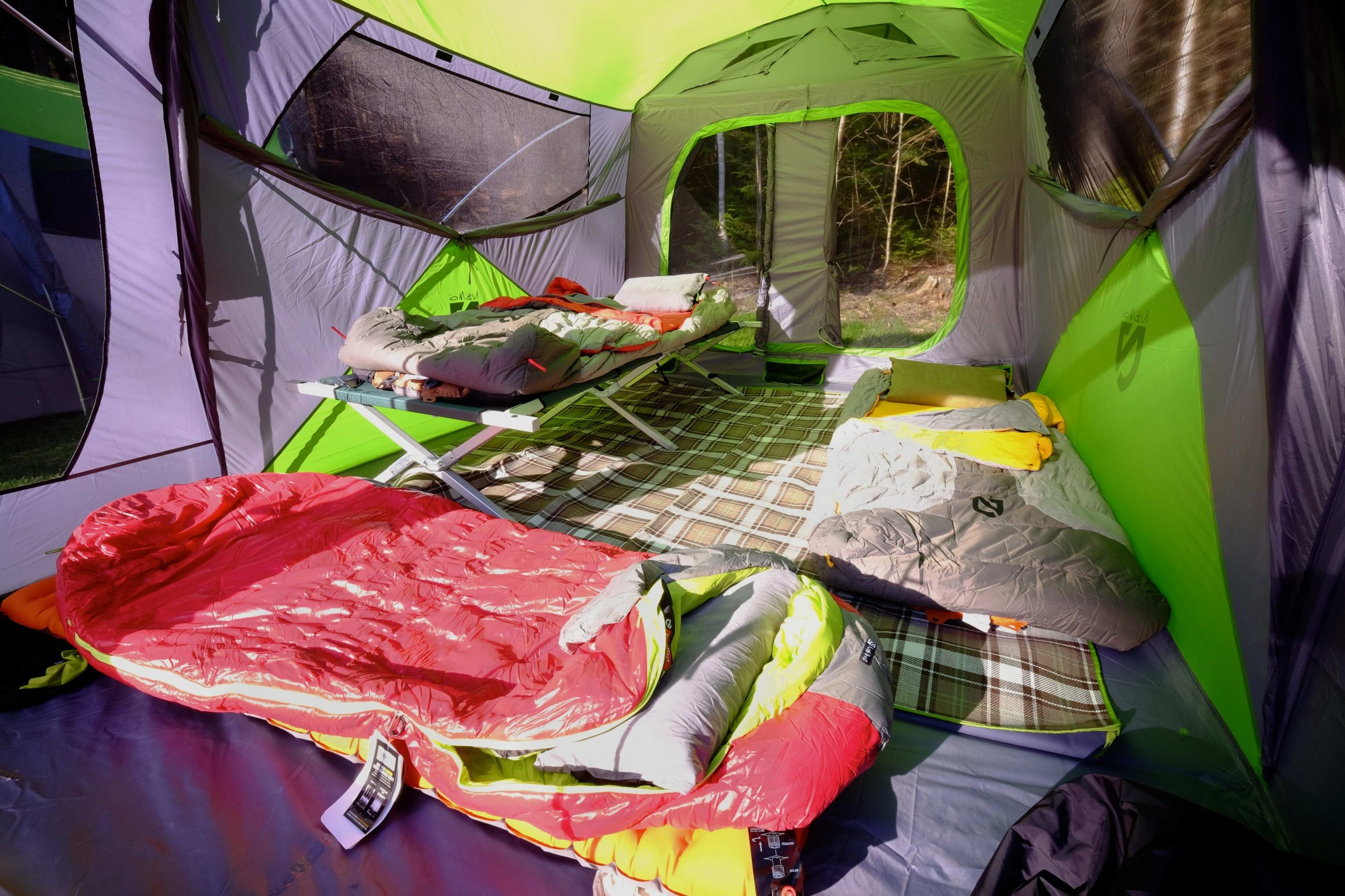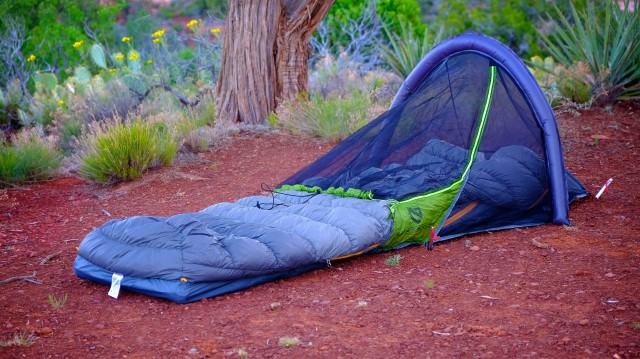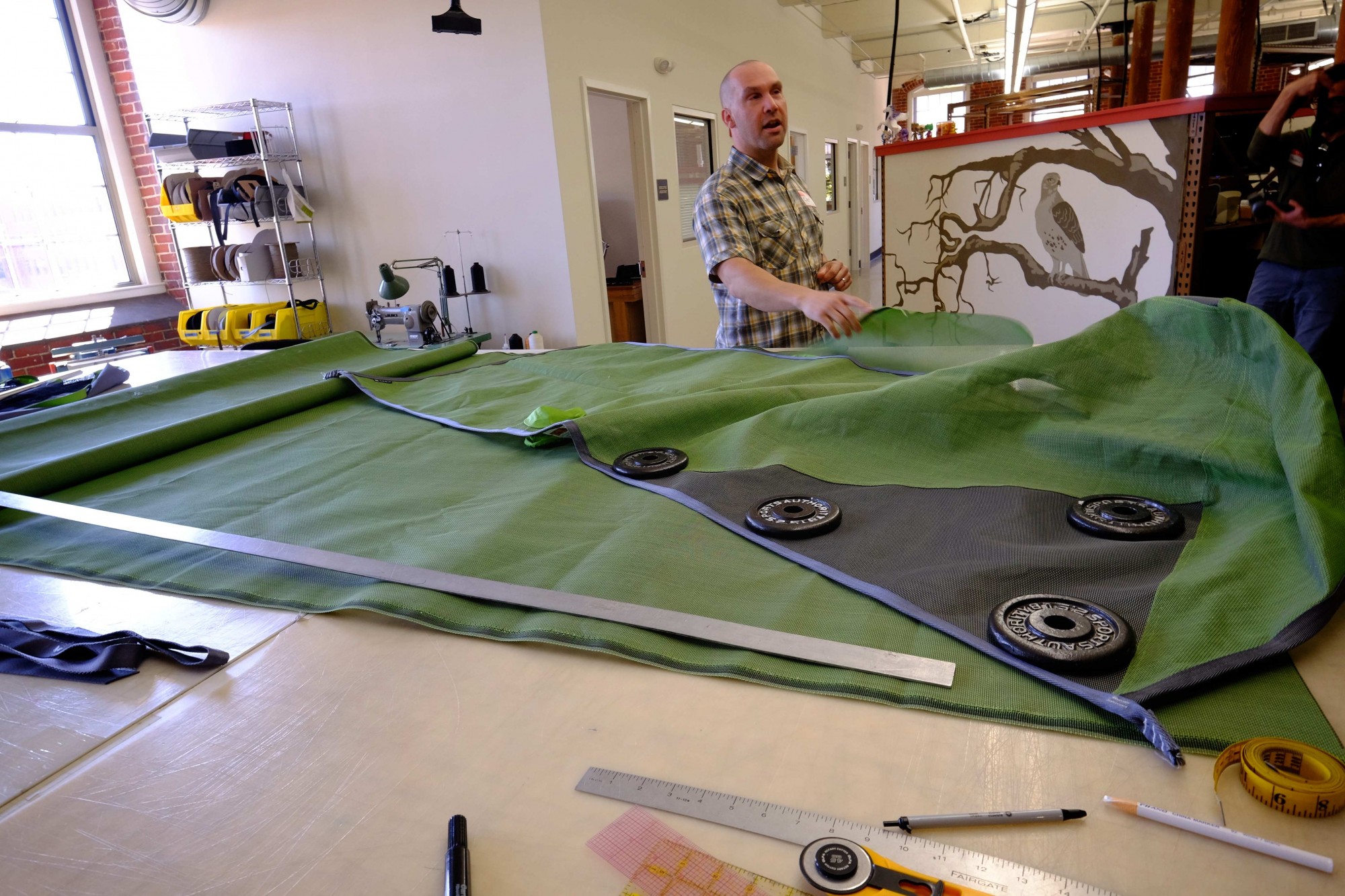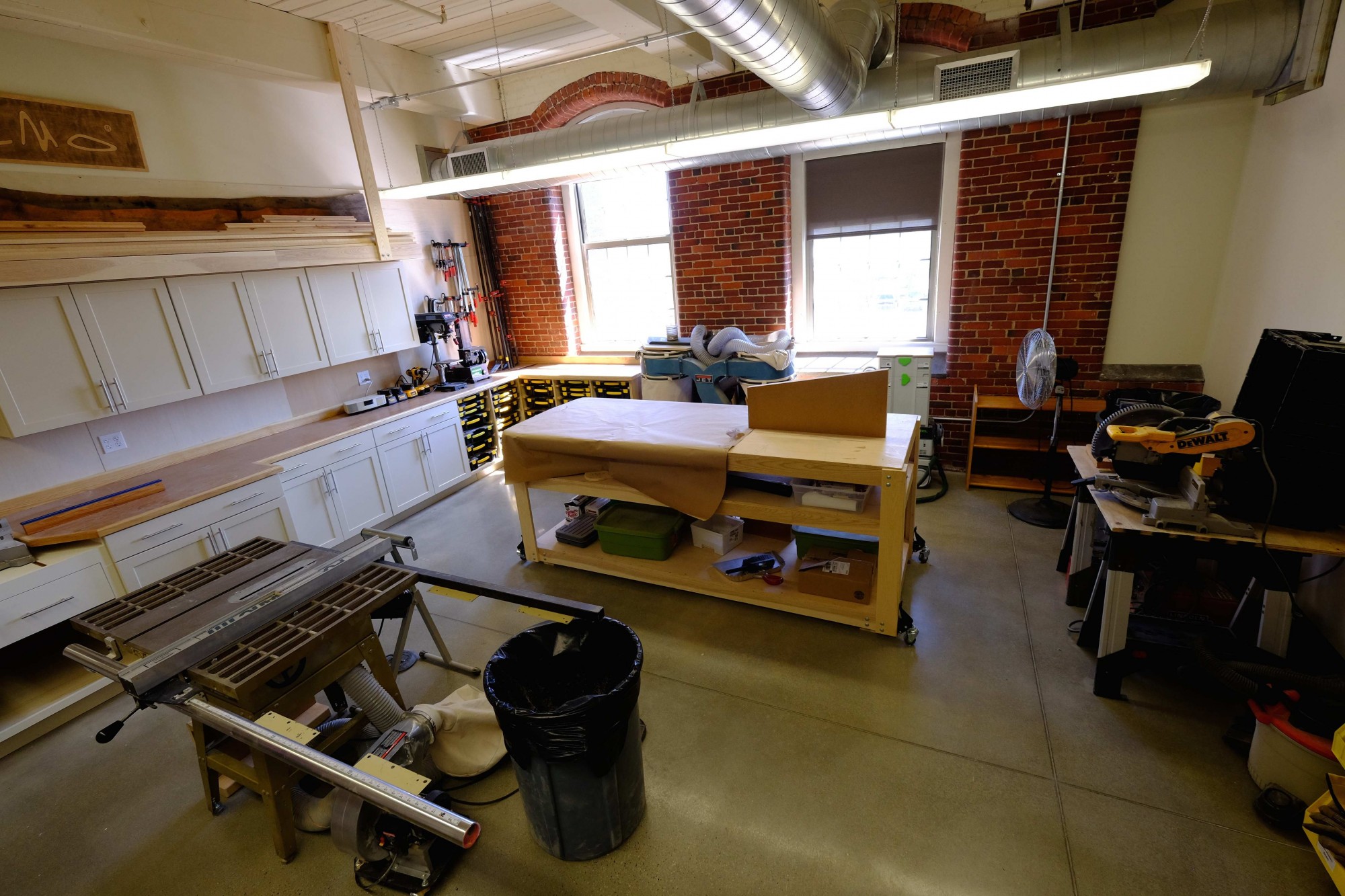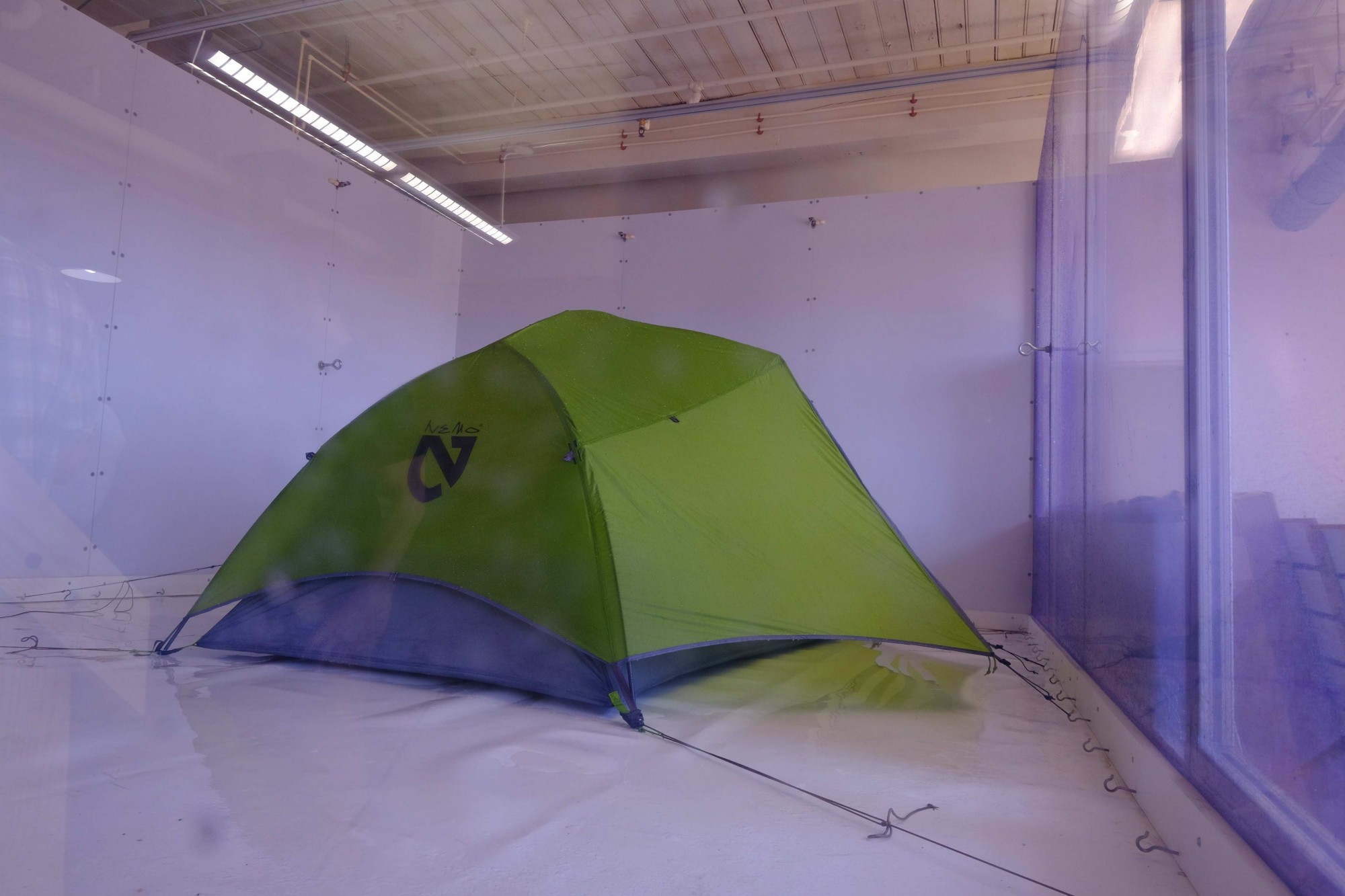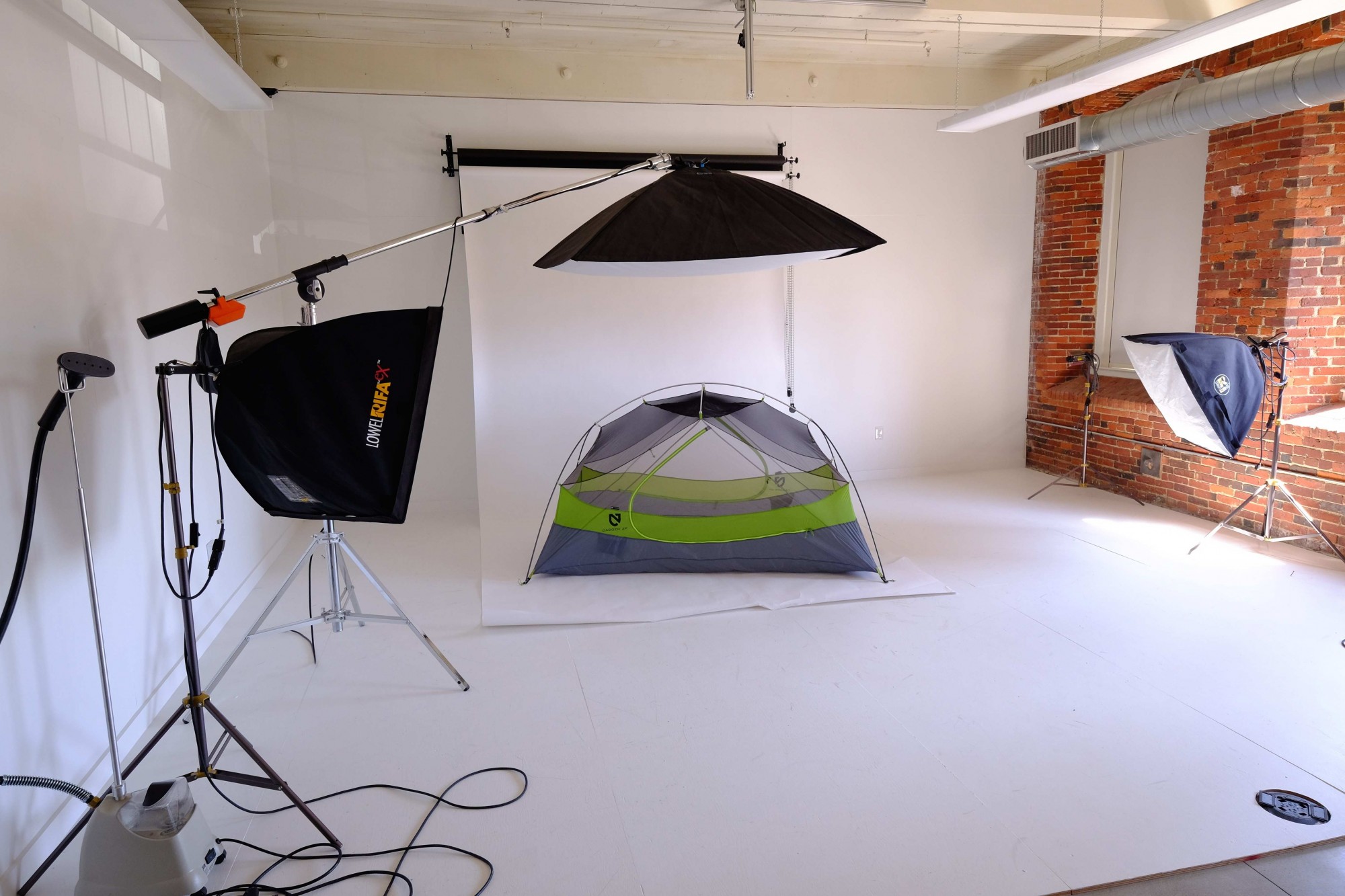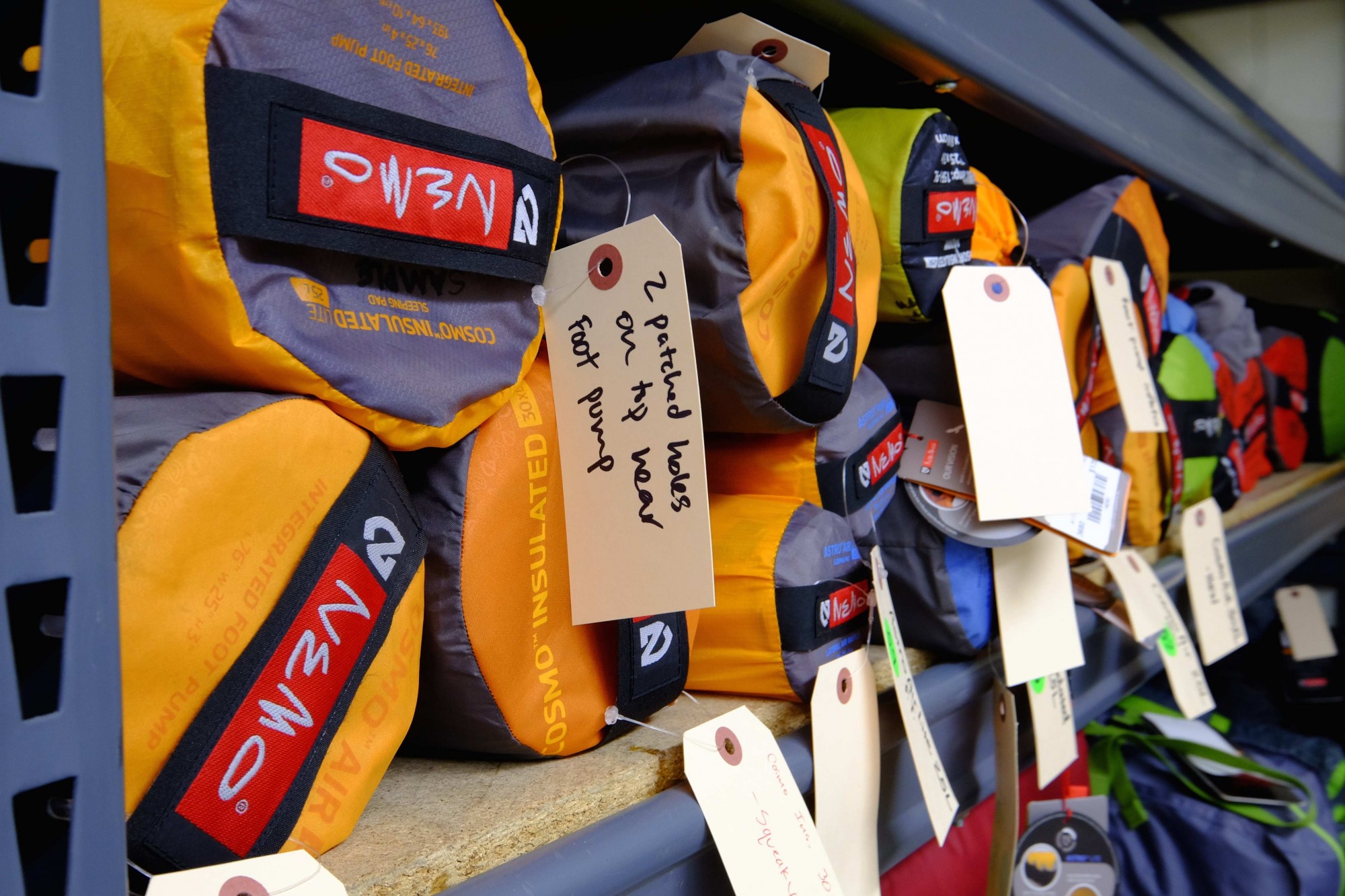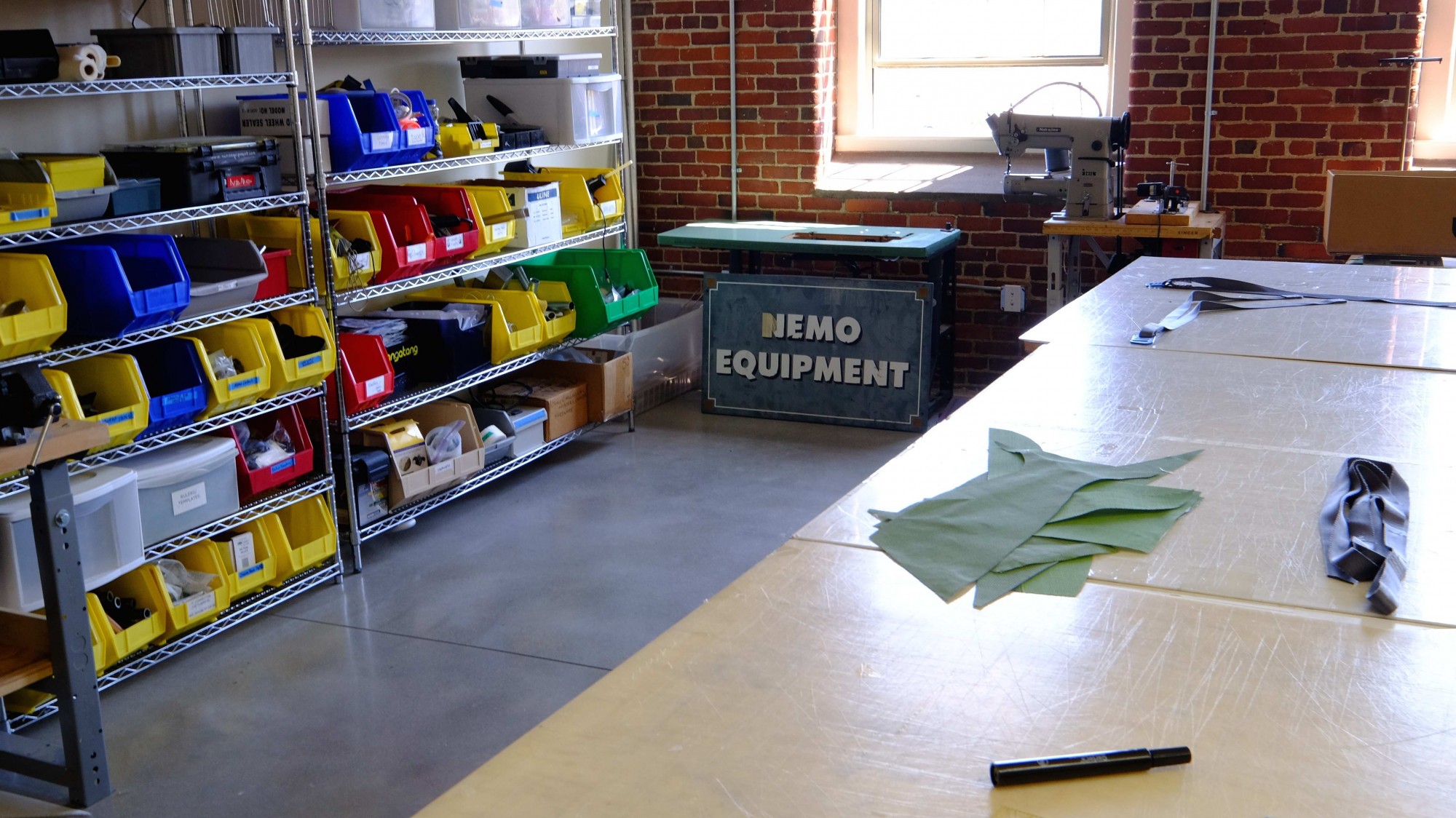The mission of the industrial designer is essentially to make existing products––better. That sounds simple enough, but few companies embrace that objective with as much zeal as Nemo Equipment of Dover, New Hampshire. Known throughout the outdoor industry as the vanguard of innovation, their ever expanding catalog showcases a level of forward thinking that is unfortunately, all too rare.
The genesis of the Nemo brand goes back more than a decade when company founder Cam Brensinger crawled into his bivy sack while climbing New England’s Mount Washington. With the peak’s infamous winds whipping at the nylon fabric, he struggled to get comfortable and wondered why a more habitable sleep system wasn’t available. He spent that night conceptualizing a better shelter solution and in the process laid the foundations for Nemo Equipment.
The manifestation of Cam’s tormented night on Mount Washington was a new tent design which utilized inflatable support beams in lieu of poles. Nemo’s Air Support Technology (AST) took the outdoor world by storm, garnered awards, and set a new standard of design that still resonates throughout the company today. Instead of simply reproducing the sleeping pad as it had been done before, they built one with an integrated foot pump. Breaking free of the traditional sleeping bag format, they carefully researched how people sleep and created at a spoon-shaped bag with a unique blanket fold. If you have yet to use Nemo’s pressurized Helio portable shower, you’re really missing out. It seems that every time they launch a new product the collective response is, “Why didn’t I think of that?”
Every company has to design to a particular end game. For some that means hitting a price point or cutting as many grams as possible. For the Nemo team, their efforts focus on the user experience and how a given product can make being in the outdoors more enjoyable. They scrutinize every tiny detail and it shows in the final product.
Another hallmark of the Nemo ethos is their willingness to design for niche markets. Whereas most brands pander only to the masses, Nemo is not afraid to address smaller outdoor segments like the nascent pursuit of bikepacking. One of their early shelters, the Moto 2P, was geared towards the adventure motorcycle audience and still has a loyal following. I’m sure most of you have seen the palatial Nemo tent perched atop AT Overland’s Habitat system.
Although it is a small company by many standards, Nemo’s products have become ubiquitous in the backcountry and used to access some of the most remote corners of the globe. From the South Pole to the immensity of the Mongolian steppes our Overland International team has used Nemo products on all seven continents. We use at least one Nemo product on every outing and for good reason––we trust them.
Equally adept at conquering high peaks as well as the local state park, Nemo has something to offer every outdoor enthusiast. After visiting their headquarters in New Hampshire and meeting their small but growing staff, I can see what makes them so successful. The people of Nemo love the outdoors as much as anyone.
For years the outdoor industry languished with innovation moving at a glacial pace––if at all. That has all changed in the last few years as competing brands scramble for consumer dollars. With each successive season, new products are released placing higher demands on the designers and engineers at Nemo. Proving they’re up to the challenge, they manage to keep tempo and stay a step ahead, and it all started with a windy night on the flanks of New England’s tallest peak.
Nemo Equipment’s Head Quarters
After visiting Nemo’s facility in the beautiful hamlet of Dover, New Hampshire, it is evident that New England factors heavily into the brand’s culture. The mountains of New England provide the team ample opportunity to escape into the woods to test existing products and vet new designs. From their main offices they can create prototypes and evaluate new tents, bags,, and pads in a controlled environment.
Cam explains the Nemo design process and how they often employ materials not commonly used in the outdoor industry.
The on-site workshop allows the team to quickly create the fixtures and furniture used in the office and at trade shows.
Their custom-built rain chamber is used to simulate torrential downpours to test the weather resistance of their many tents. Wind testing is occasionally performed at a nearby testing grounds, the summit of Mount Washington where it all began.
The in-house photo studio allows new products to be quickly added to the company website.
Nemo’s products are designed and built for the rigors of hard use. As such, warranty claims are well below the industry average and repairs are carefully evaluated to assess if improvements need to be implemented.
It all starts with an idea. Test samples are made, evaluated, altered, and eventually tested where it matters most––in the backcountry.


